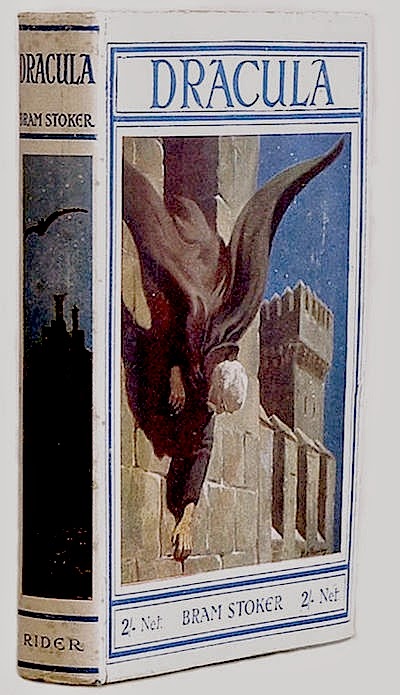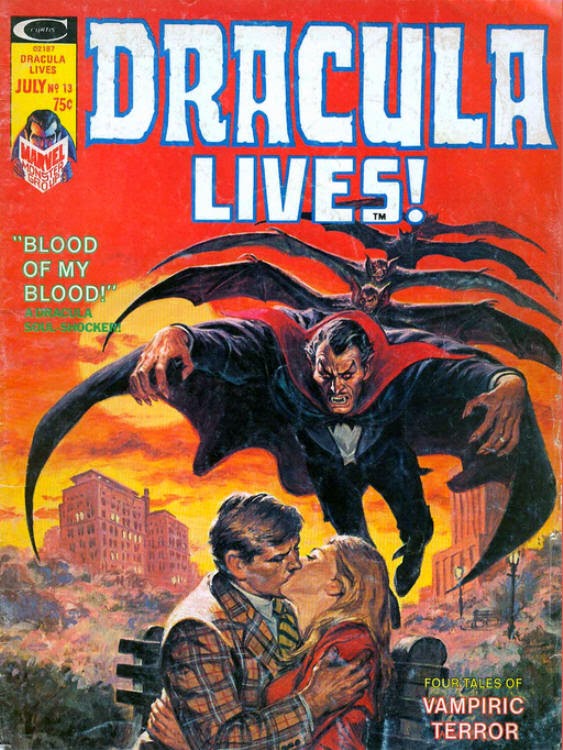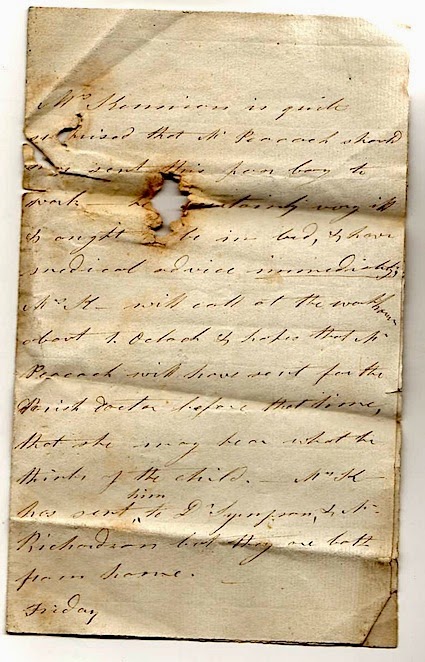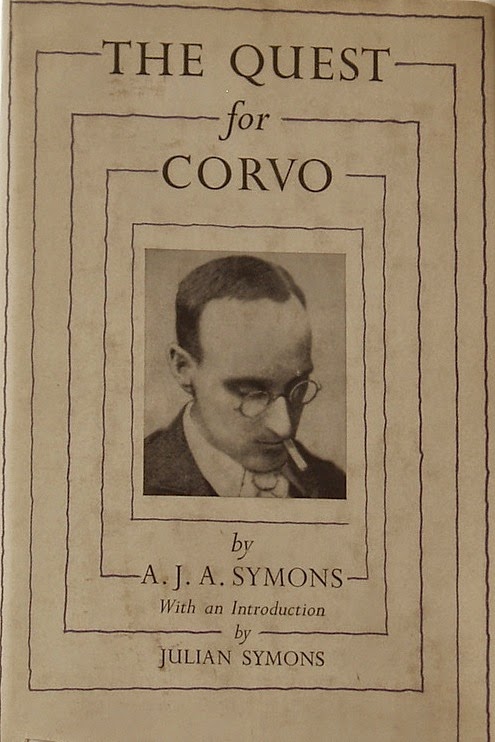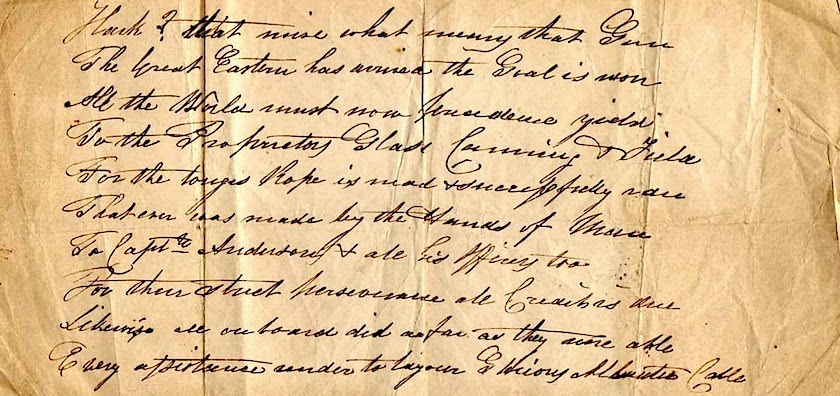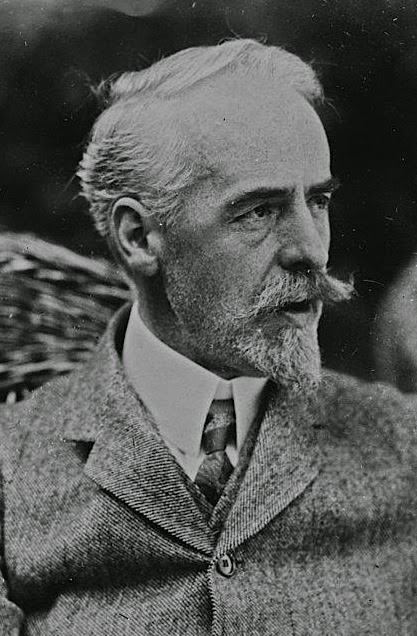In our researches in the Glenavy papers in various books and online we came across traces of D.H. Lawrence's plans for a Utopian community to be called Rananim. At one point it appears that Lady Glenavy had Lawrence's actual plans for the community…
 |
| Painting by D.H. Lawrence |
22/1/17 Lawrence wrote to Baron Glenavy (Gordon Campbell):
I hope, in the long run, to find a place where one can live simply, apart from this civilisation, on the Pacific, and have a few other people who are also at peace and happy and live, and understand and be free…
A little later he wrote to Gordon Campbell :
You see for this thing which I stutter at so damnably I want us to form a league - you and Murry and me and perhaps Forster - and our women - and any one who will be added on to us…as long as we are centred around a core of reality, and carried on one impulse.
Earlier (1915) he had written to E.M. Forster:
…in my island I wanted people to come without class or money, sacrificing nothing, but each coming with all his desires, yet knowing that his life is but a tiny section of a Whole : so that he shall fulfil his life in relation to the Whole. I wanted a real community, not built out of abstinence or equality, but out of many fulfilled individualities seeking greater fulfilment. But I can't find anybody. Each man is so bent on his own private fulfilment…'
Campbell's wife, Lady Beatrice Glenavy writes in her memoir Today We Will Only Gossip (Constable 1964):
About 1915..Lawrence begin to formulate his ideas about an Isle of the Blest which he had named Rananim, a name which he got out of one of *Kot's Hebrew songs. He had written out a long draft of the constitution of this island and given it to Gordon to study, hoping to get him interested and involved, believing him to have the organising capacity and the capital to work the scheme. Gordon put the papers away and they were forgotten till after Lawrence's death when Gordon met Aldous Huxley in London and they spoke of Lawrence and Gordon remembered the plans for the island which his practical mind had not taken seriously. Huxley was very interested and said these papers were of great importance and interest. When Gordon returned home he looked for them in the place where he thought he had put them, but they were not there. We searched the house and we almost tore it to bits in an effort to find the document, which consisted of several sheets of paper covered with Lawrence's own beautifully careful writing. They were never found and their disappearance remains a mystery.
Kot = the writer S. S. Koteliansky a core member of the Bloomsbury group. This Hebrew musical version of the first verse of Psalm 33 ('Rejoice in the Lord, O ye Righteous') is preserved in his papers.

 I'll scare them with my gun
I'll scare them with my gun





